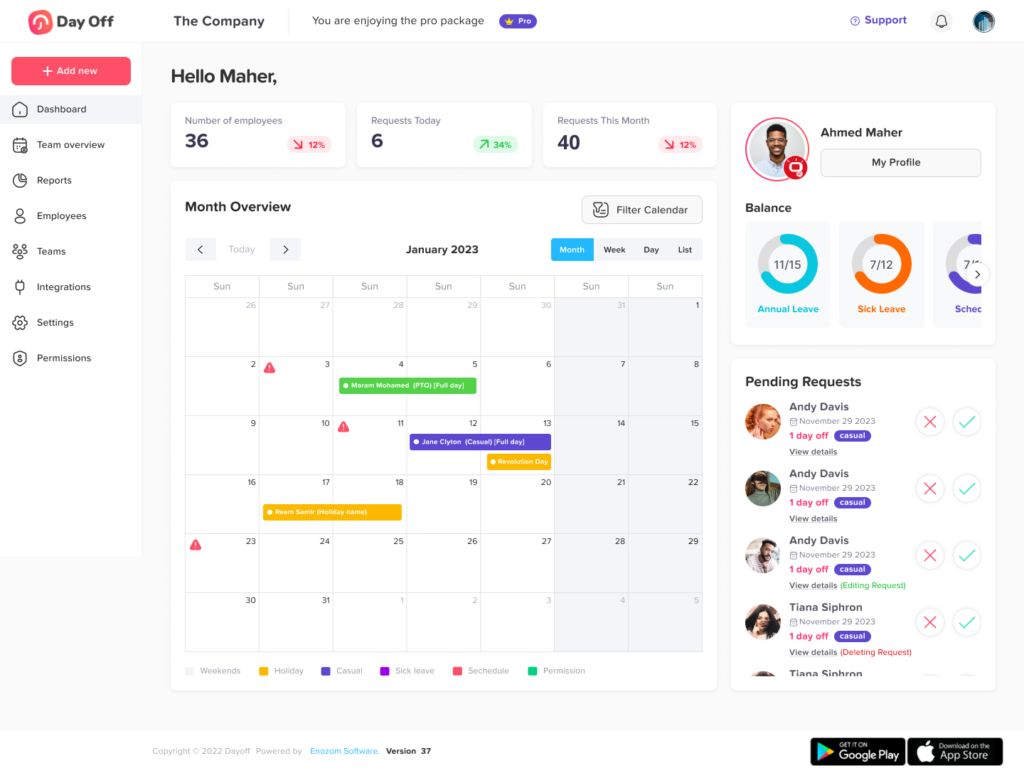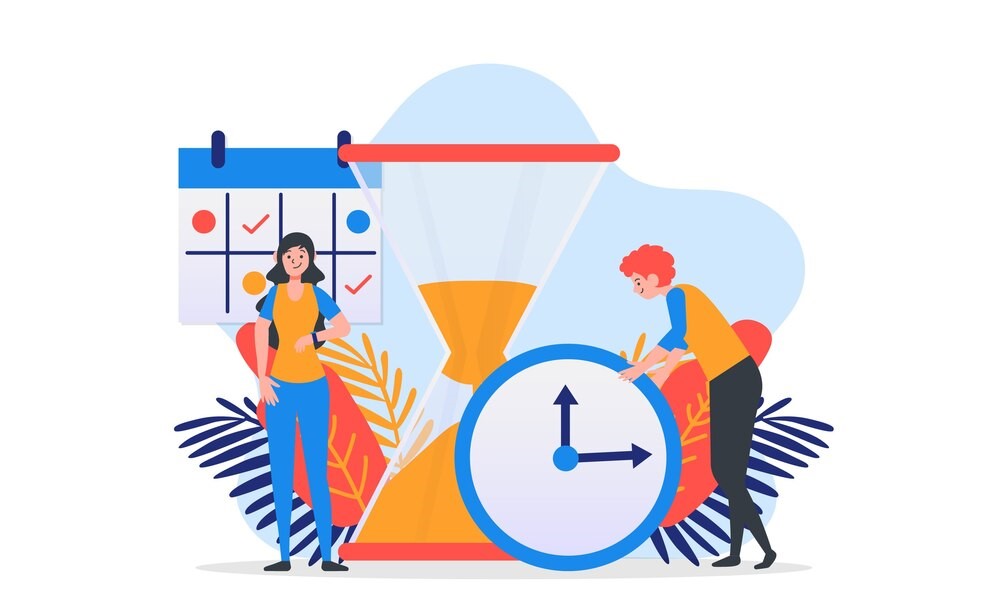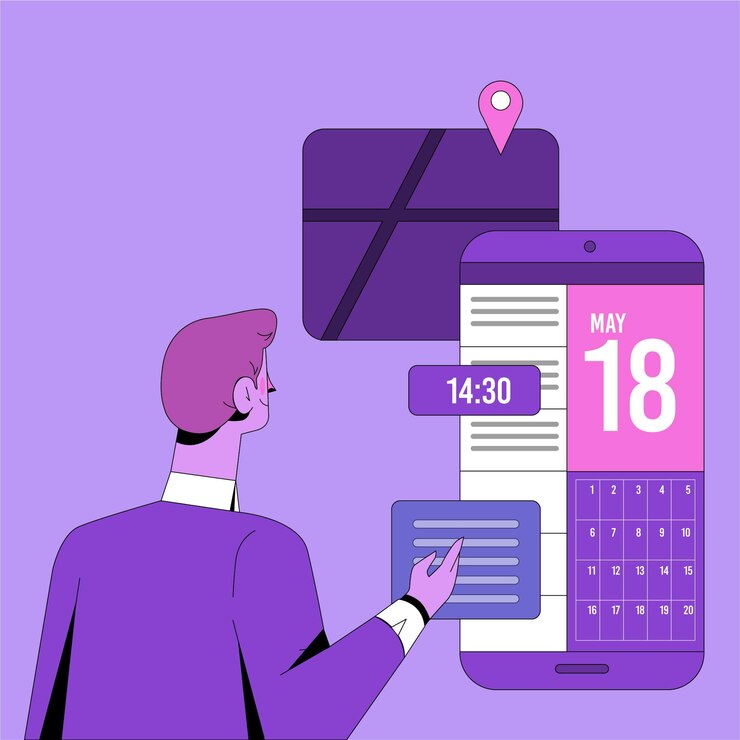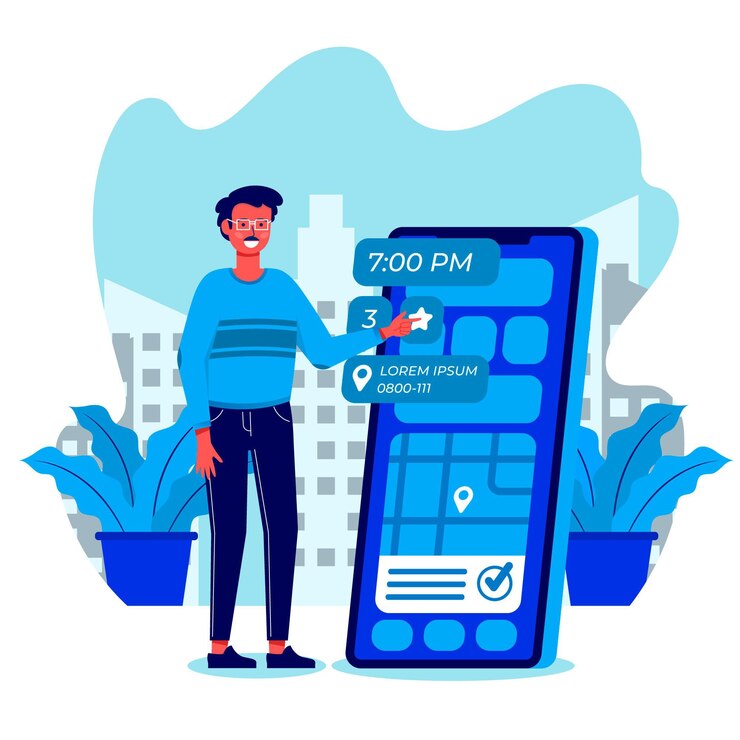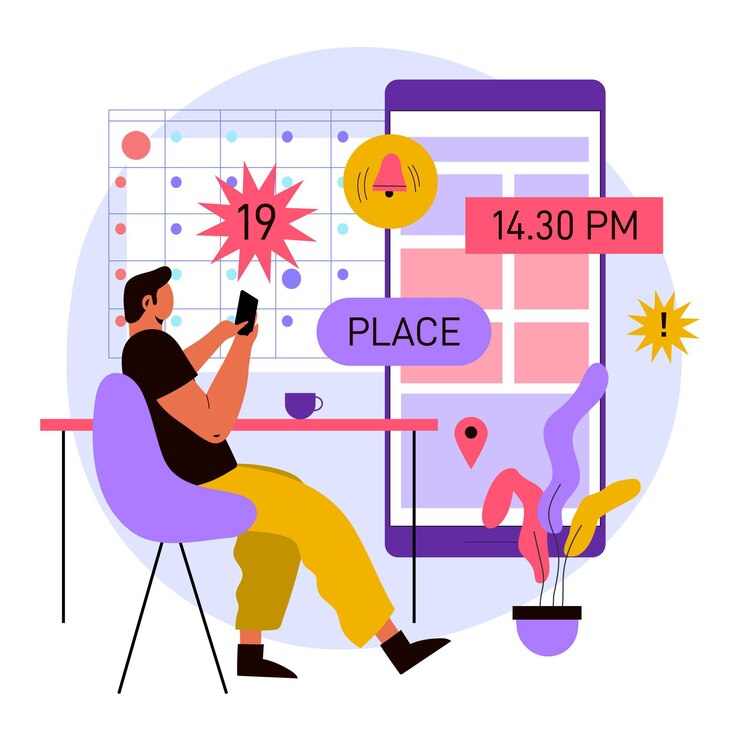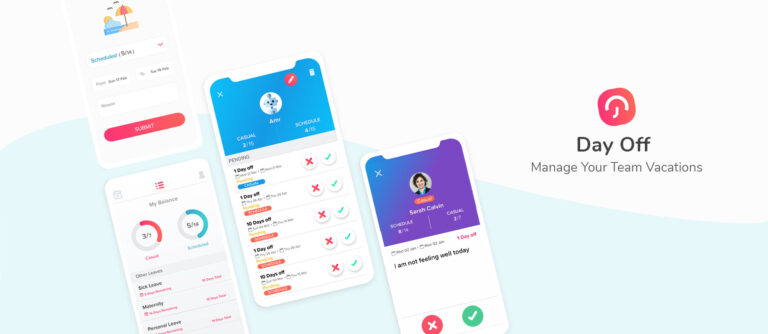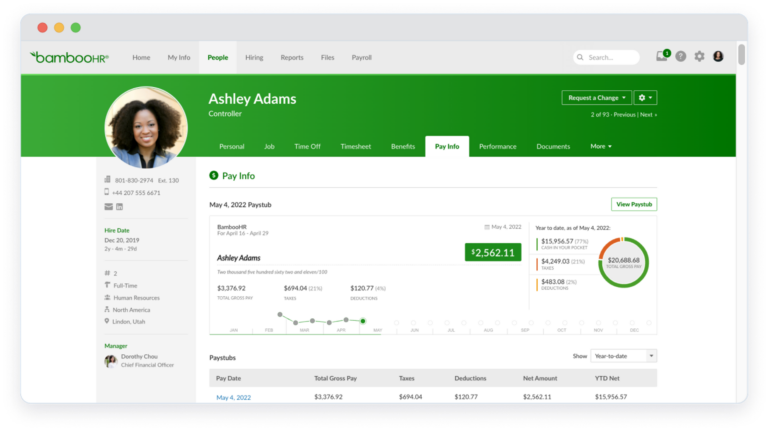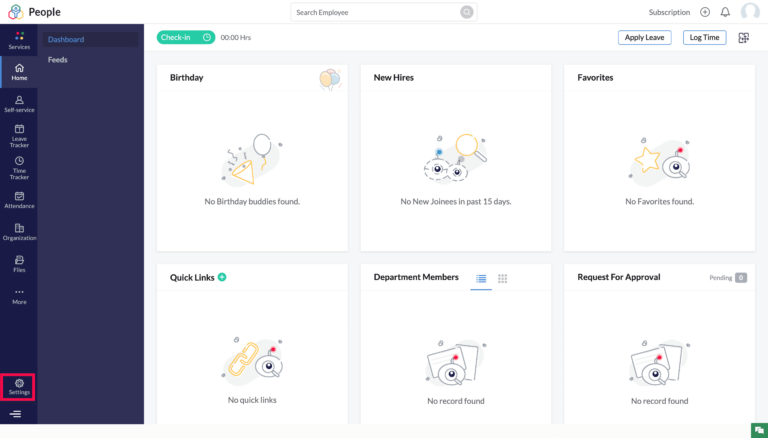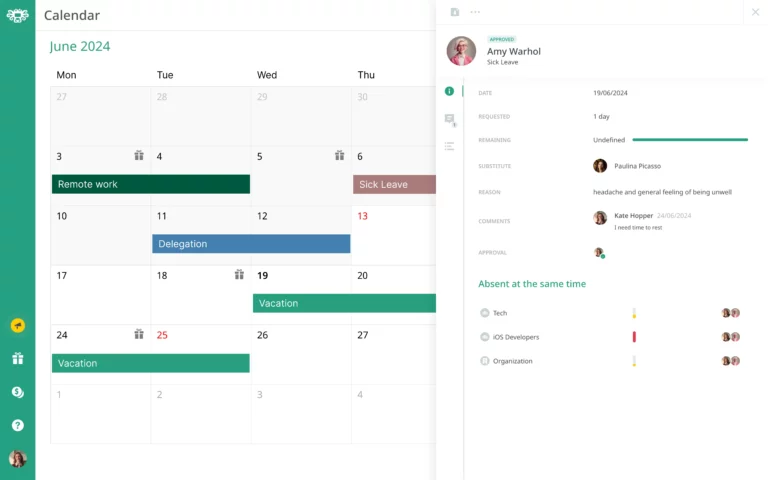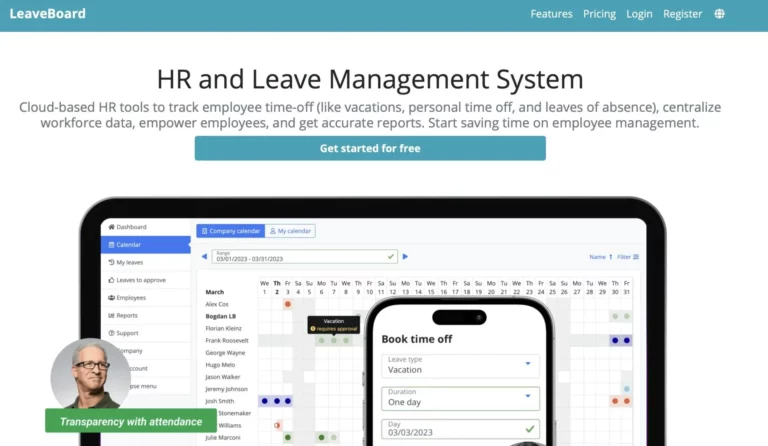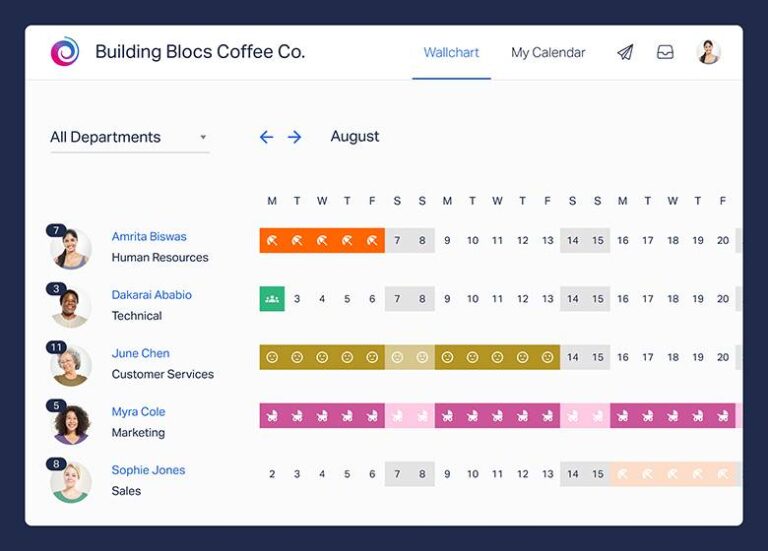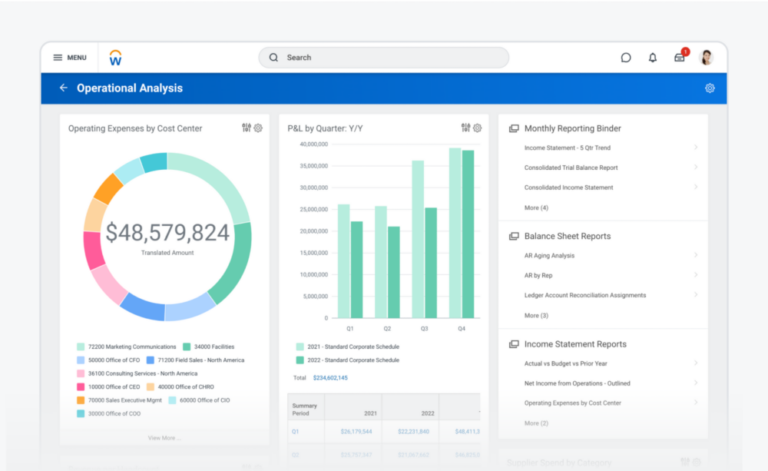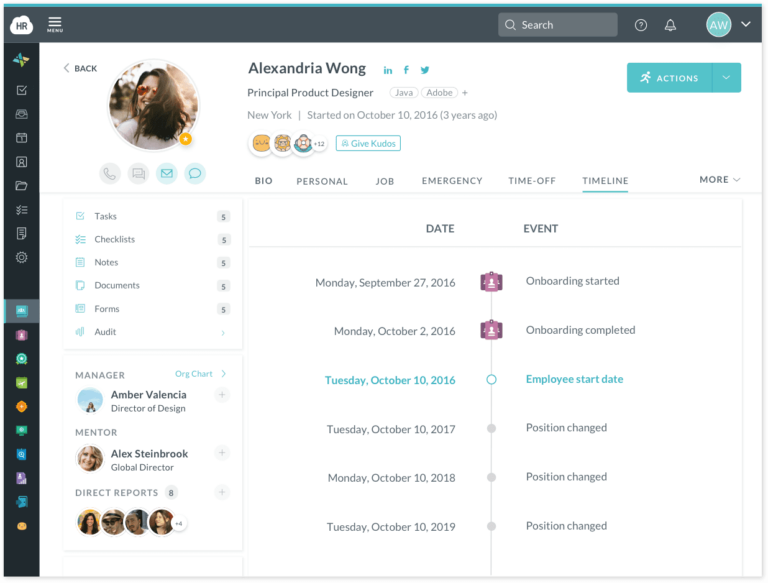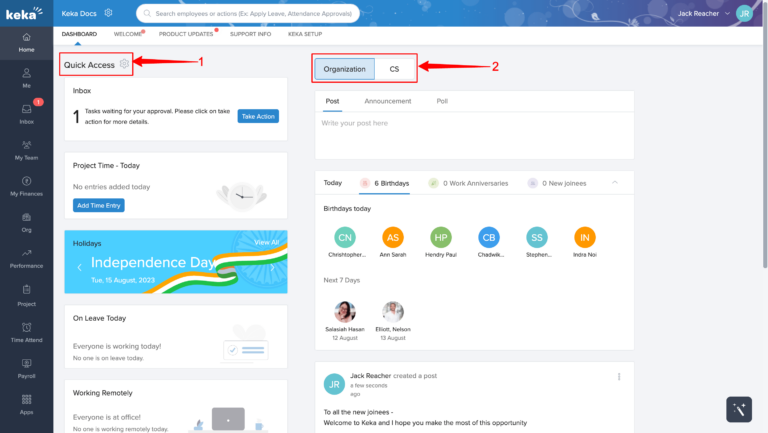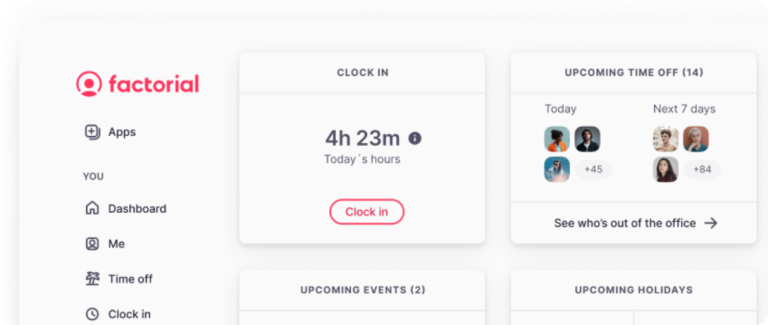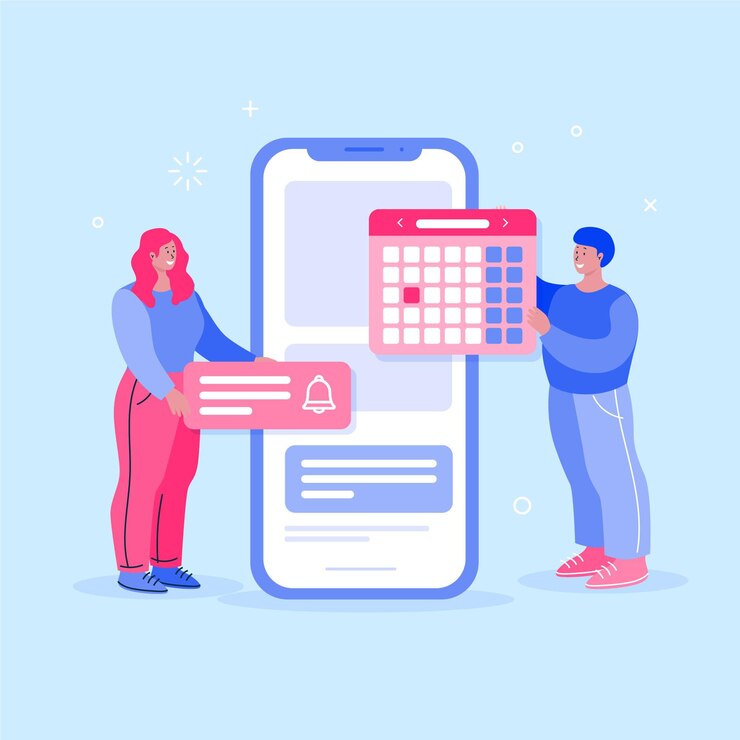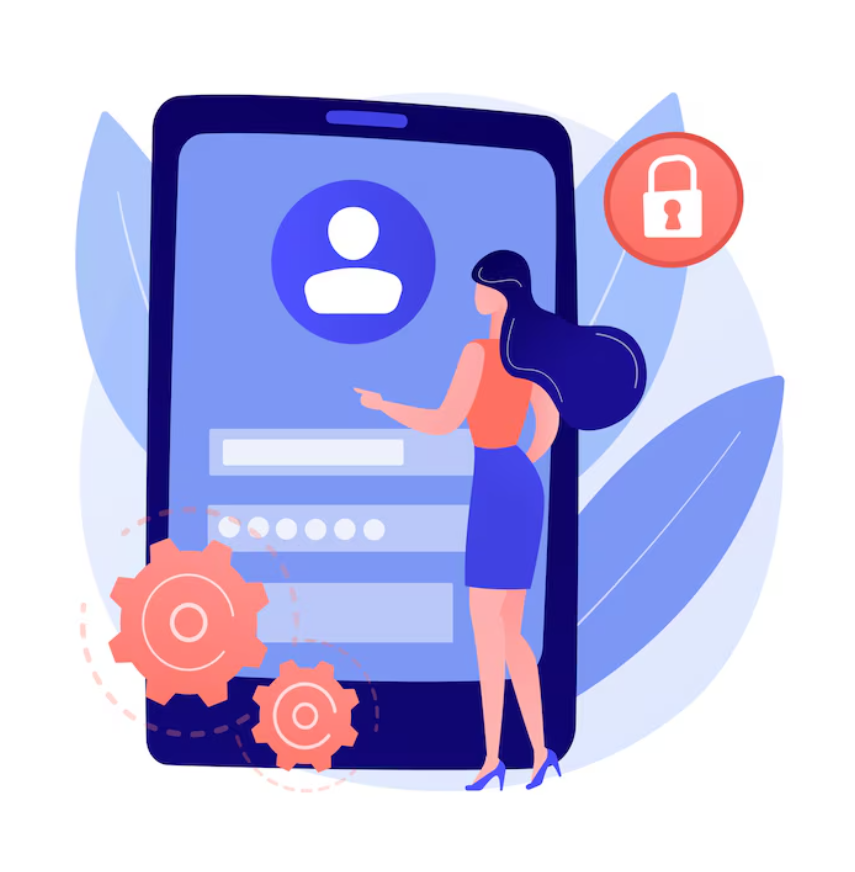Paid Time Off (PTO) is an essential benefit that allows employees to take time away from work while still receiving their salary. A well structured PTO accruals policy ensures that employees are compensated fairly while maintaining work life balance. Employers must have a clear and compliant PTO accrual system to avoid misunderstandings, ensure smooth workforce management, and remain legally compliant with labor laws.
Understanding how PTO accruals work can be beneficial for both employees and employers. Employees can plan their time off effectively without disrupting operations, while employers can maintain transparency and efficiency in tracking PTO balances. This guide explains the different methods of accrual PTO tracking and provides a step by step approach to accurately calculating and managing PTO accruals in a company setting.
Understanding PTO Accruals
PTO accruals refer to the process by which employees earn leave over time. Instead of receiving a lump sum of leave at the beginning of the year, employees accumulate PTO based on their work hours, pay periods, or tenure. The method of accrual depends on company policies and local labor regulations.
Common PTO Accruals Methods
Annual Lump Sum: Employees receive their entire PTO balance at the start of the year. This method is straightforward and allows employees to plan their vacations in advance. However, it can lead to challenges if an employee leaves the company early in the year, requiring the employer to adjust PTO balances.
Hourly Accrual: Employees earn PTO for every hour worked. This method is commonly used for part time and hourly employees, ensuring that PTO is fairly distributed based on actual working hours. Employers typically set an accrual rate based on the number of PTO hours allotted per year divided by the total working hours in a year.
Per Pay Period Accrual: Employees accrue PTO based on their pay schedule (weekly, bi weekly, or monthly). This method provides a predictable way for employees to earn PTO and simplifies payroll calculations. Employers determine the PTO accrual rate by dividing the total PTO hours by the number of pay periods in a year.
Tenure Based Accrual: Employees earn PTO at increasing rates based on their length of service. This method incentivizes employee retention by offering higher PTO accrual rates for employees who remain with the company longer. Employers typically set different tiers based on years of service.
Daily Accrual: Some businesses calculate PTO based on the number of days worked. This method is particularly useful for businesses that have irregular work schedules, as it ensures PTO accrual is proportionate to actual working days. The formula involves dividing the total PTO days by the total working days in a year.
Fixed Rate Accrual: A predetermined amount of PTO is given at specific intervals, such as monthly or quarterly. This method balances the benefits of both the lump sum and accrual based methods, allowing employees to earn PTO incrementally without requiring constant tracking of hours worked.
Step by Step Guide to Calculating PTO Accruals
Step 1: Determine the PTO Policy
The first step in calculating PTO accruals is understanding the company’s policy. Key factors include:
The total number of PTO days or hours an employee is entitled to annually.
Whether PTO accrues hourly, per pay period, or annually.
Any limitations on PTO accrual, such as a maximum cap.
Whether PTO accrual resets at the start of each year or carries over.
The process for requesting and using PTO.
Step 2: Identify the PTO Accruals Rate
Once the policy is set, determine how much PTO employees will earn per hour, per pay period, or annually. Employers should ensure that their accrual calculations align with company policies and local labor laws.
Factors to Consider When Determining Accrual Rate:
Employee Classification: Full time, part time, or temporary employees may have different accrual rates.
Company Policy: Whether PTO is accrued on a per hour, per day, or per pay period basis.
Industry Standards: Some industries have regulatory requirements that affect PTO accrual.
State and Federal Laws: Certain jurisdictions mandate minimum PTO accrual requirements.
Tenure Based Variations: Employees with longer service may accrue PTO at a higher rate.
The accrual rate depends on how PTO is earned. Here’s how to determine it based on different methods:
Hourly PTO Accrual
If PTO accrues based on hours worked, use this formula:
PTO Hours Accrued Per Hour Worked = Total PTO Hours Per Year / Total Work Hours Per Year
Example: If an employee is entitled to 80 hours of PTO per year and works 2,080 hours annually (40 hours/week x 52 weeks):
80 / 2,080 = 0.038 PTO hours per hour worked
This means for every hour worked, the employee earns 0.038 hours of PTO.
PTO Accrual Per Pay Period
If PTO is accrued per pay period, use this formula:
PTO Accrued Per Pay Period = Total PTO Hours Per Year / Number of Pay Periods
Example: If the employee gets 80 hours of PTO per year and the company has 26 biweekly pay periods:
80 / 26 = 3.08 PTO hours per pay period
So, the employee earns 3.08 PTO hours every paycheck.
Annual Lump Sum PTO Accrual
If PTO is granted upfront at the beginning of the year, there’s no calculation needed since employees receive the full allotment at once. However, some companies use a tenure based system where PTO increases over time.
Tenure Based PTO Accrual
For companies that reward employees with additional PTO based on years of service, the accrual rate may increase over time.
Example: A company offers:
80 hours of PTO for employees with 1-5 years of service.
120 hours of PTO for employees with 6-10 years of service.
160 hours of PTO for employees with 10+ years of service.
This means long term employees accrue PTO at a faster rate than new hires.
Step 3: Track PTO Accrual and Usage
Once you have the accrual rate, track PTO usage in a reliable system. Many companies use:
Payroll software that automatically tracks PTO accruals.
HR management systems that keep detailed PTO balances.
Manual tracking via spreadsheets for small businesses.
Time tracking systems that integrate with payroll and automatically calculate PTO accruals.
It’s crucial to update PTO balances regularly to ensure accuracy and compliance.
Step 4: Adjust for Special Cases
New Hires, If an employee starts mid year, their PTO should be prorated. Use this formula:
Prorated PTO = (Months Worked / 12) x Annual PTO
Example: If an employee starts in July and gets 80 hours of PTO annually:
(6/12) x 80 = 40 PTO hours for the first year.
Part Time Employees, PTO accrual for part time workers is usually based on hours worked.
Part Time PTO Accrual = (Hours Worked / Full Time Hours) x Full Time PTOOvertime and PTO, Some companies allow PTO to accrue on overtime hours worked, while others cap PTO accrual at regular work hours.
Carryover and Expiry Policies, Some companies allow PTO carryover, while others have a “use it or lose it” policy. Always check the company’s policy for handling unused PTO.
Leave of Absence, If an employee takes a leave of absence, PTO accrual may pause depending on company policy.
PTO Payout on Termination, Some states require employers to pay out accrued but unused PTO when an employee leaves the company. Employers should comply with state laws regarding PTO payout.
Step 5: Monitor and Communicate PTO Balances
Employers should regularly communicate PTO balances to employees to encourage time off planning. Employees should be able to check their remaining PTO balance via payroll systems, HR software, or direct inquiries with HR. Some best practices include:
Monthly or quarterly PTO balance updates to employees.
Self service PTO portals where employees can track their accruals.
Automated notifications for low PTO balances or upcoming expirations.
By maintaining transparency, employees can plan their time off effectively, and HR can manage workforce coverage efficiently.
FAQ
What is PTO accrual?
PTO accrual is the process of earning paid time off gradually over time, usually based on the number of hours, days, or months an employee works. Instead of receiving all vacation days upfront, employees accumulate them throughout the year.
Why do companies use PTO accrual systems?
Companies use PTO accrual systems to ensure fairness and maintain consistency in how time off is earned and used. It also helps manage workforce availability and prevents large, unexpected absences.
How do you calculate PTO accrual?
To calculate PTO accrual, determine how much paid time off an employee earns per year and divide it by the number of work periods (hours, days, or pay periods) in that year.
Formula example:
(Annual PTO hours ÷ Total work hours per year) × Hours worked = PTO accrued.
What are common PTO accrual methods?
There are several accrual methods, including:
Per hour worked: Employees earn PTO for each hour worked.
Per pay period: PTO is added at the end of each pay cycle.
Annual lump sum: Employees receive their full PTO balance at the start of the year.
Tenure based accrual: PTO rates increase with employee tenure.
How do part time employees accrue PTO?
Part time employees typically accrue PTO based on the number of hours they work, using a prorated formula compared to full time employees. For example, if full time staff earn 80 hours annually, a part time employee working half the hours would accrue 40 hours.
How does carryover affect PTO accrual?
Carryover rules determine how much unused PTO can be rolled into the next year. Some companies allow full carryover, others limit the number of hours, and some enforce a “use it or lose it” policy.
What’s the difference between accrual and lump sum PTO?
Accrual PTO builds up gradually during the year, while lump sum PTO gives the full balance at once. Accrual systems work better for new employees and tracking compliance, while lump sum systems are simpler to manage.
How does PTO accrual appear in payroll systems?
Modern payroll and HR systems automatically track PTO balances based on work hours, tenure, and policies. These systems calculate accruals in real time, ensuring accuracy for both employees and HR teams.
How can employees track their PTO accrual?
Employees can monitor their PTO balance using HR software or apps like the Day Off PTO Tracker, which automatically updates accruals, requests, and approvals helping teams stay organized and compliant.
Why is automating PTO accrual tracking important?
Automating PTO tracking eliminates manual errors, ensures compliance with labor laws, and saves HR time. It also provides transparency for employees, allowing them to plan time off confidently while keeping company operations running smoothly.
Conclusion
Calculating PTO accruals ensures fair leave allocation and compliance with labor laws. By understanding different accrual methods and using accurate calculations, employers can maintain clear policies and avoid discrepancies. Whether using hourly, per pay period, or annual accrual methods, tracking and communicating PTO balances is key to a well managed PTO system.


